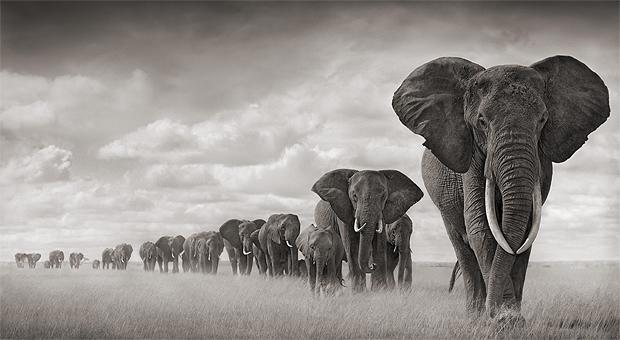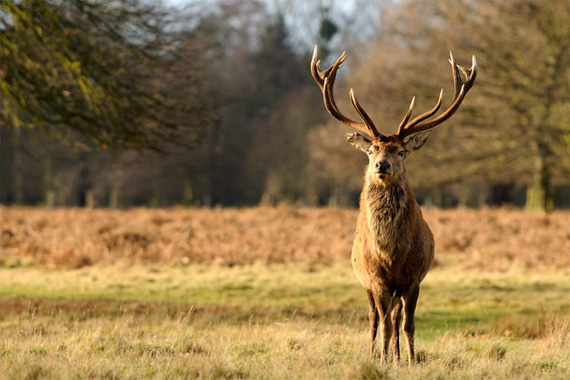In order to get great wildlife photos, you will have to practice framing your shots first, that's because you have to be super quick if you are planning on getting into wildlife photography. It's a good idea to practice in your garden or in a park first, that way you will be ready when the time comes. Practicing will also enable you to become familiar with animal and bird movements, allowing you to anticipate their behavior and react fast to get good shots.
How to take good shots of birds and animals in the wild.
Exercise taking photos of moving targets. Mastering how to pan will enable you to definitely take spectacular photographs which have a sense of movement.
If you can make sure that your camera is within reach, especially for those unexpected encounters. I have heard many stories of missed opportunities because of dead camera batteries or memory cards that were full. be prepared take extra charged batteries and memory cards.
Prior to leaving on a wildlife photography trip, study up on precisely what varieties of animals and birds are generally located there. Find out all you possibly can about the wildlife you want to photograph. This will allow you to recognize where to find them and exactly what forms of behavior to anticipate.
Learn to move quietly and exercise standing still to ensure that your presence isn't startling or intimidating for the wildlife.
Practice to become observant employing all of your sensory faculties. With a bit of exercise, you are going to acquire the capability to be familiar with tiny movements, uncommon colors or even noises, even odours that will tip you off towards the presence of an animal or bird. I can't believe how many times I have seen people wander right by wildlife without observing them.
Telephoto lenses are basically a must for wildlife photography. They bring you little nearer without alarming the animals. Using a tripod isn't usually compulsory, if you have sufficient light you'll be able to shoot with a fast shutter speed in order to eliminate any shaking. A number of telephoto lenses include vibration reduction technologies although they are substantially more pricey.
When you photograph animals and birds, make sure that the focus is set to center and focus on their eyes, another good tip is to shoot smaller animals coming from a lower angle, this will ensure the ratio remains constant.
The most effective times of the day for observing and photographing wildlife are earlier in the morning as well as right before dark. That's when animals are generally most energetic plus the light will be most dramatic.
Attempt to keep the sun's rays at your back to ensure that the light falls directly against your subject.
Implementing most of these guidelines will allow you to improve your wildlife photography. The most important thing is to practice, practice, practice also keep in mind enjoy yourself!









No comments:
Post a Comment